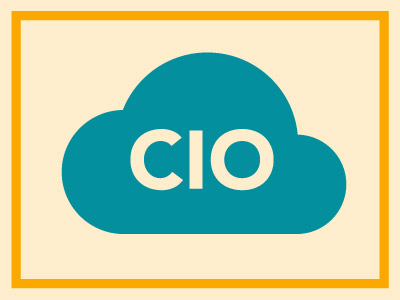At this point, the move to the cloud is inevitable. Even companies that would prefer to keep all their infrastructure and applications in-house will find themselves pushed to the cloud as more applications are sold only as Software-as-a-Service. For those companies that are still debating making the move to the cloud, here’s what you should know.
1. You’re already using the cloud
Even if you don’t have a corporate strategy of using the cloud—even if you have a corporate strategy prohibiting the cloud—you undoubtedly already have cloud applications in your stack. Shadow IT today, where employees access unauthorized applications to help them get their jobs done more effectively, consists almost entirely of cloud applications and cloud file sharing services. Surveys show most companies use dozens of IT applications outside of the IT team’s control. Coming up with a strategy to make cloud “legal” within your business is one of the most crucial tasks if your IT department is going to successfully manage your tech resources.
2. Cloud isn’t all or nothing
The decision you need to make isn’t about whether you should move to the cloud or whether you shouldn’t; the decision is about how to move to the cloud strategically to get the most benefit and the most protection. Not all applications need to be migrated to the cloud and some shouldn’t be; legacy applications on the verge of retirement and applications that process highly sensitive data are candidates for remaining internal. Other applications, like email servers, are good candidates for moving to the cloud.
3. The cloud gives you lots of flexibility
Making a commitment to the cloud doesn’t lock you in; it gives you more flexibility than building your own infrastructure. The benefits of converting capital expenses into operating expenses include smaller monthly outlays instead of large payments to purchase equipment. And while paying only for what you use is a financial benefit, you also have the flexibility to use what you need—you don’t need to pay for spare capacity up front, and because you don’t own the equipment, you aren’t locked into a specific platform and can more easily migrate to another platform if there’s a technical or business reason to do so.
4. Cloud is about your network, not just your hardware and software
When you make plans for using cloud, your hardware and software may migrate to the provider’s infrastructure, but you still own and manage your network. The demands on your network may increase, as data that used to reside on local servers needs to move between local and cloud systems.
5. You may be more secure in the cloud than your own data center
While one of the top worries about using the cloud is data security, the reality is that the major breaches that make the news haven’t occurred in the cloud—they’ve targeted companies’ own systems. Cloud providers often obtain certifications and guarantee their environments provide the high levels of security needed even for sensitive financial or health information. They typically apply security patches as or more reliably than internal IT teams, and you can use additional cloud access security broker software to build extra controls onto your cloud usage.
Related: The Yin and Yang of Cloud Security
Recognizing this reality, CIOs need to embrace the cloud, not fight it. Prescient Solutions can help you adapt wherever you are on your cloud journey. Whether you’re defining your strategy, ready to migrate your data, or building private or hybrid infrastructure, our team’s expertise in cloud—including Azure and AWS—will help you succeed. Contact us for a free assessment of how your business can make cloud part of your technology stack.


